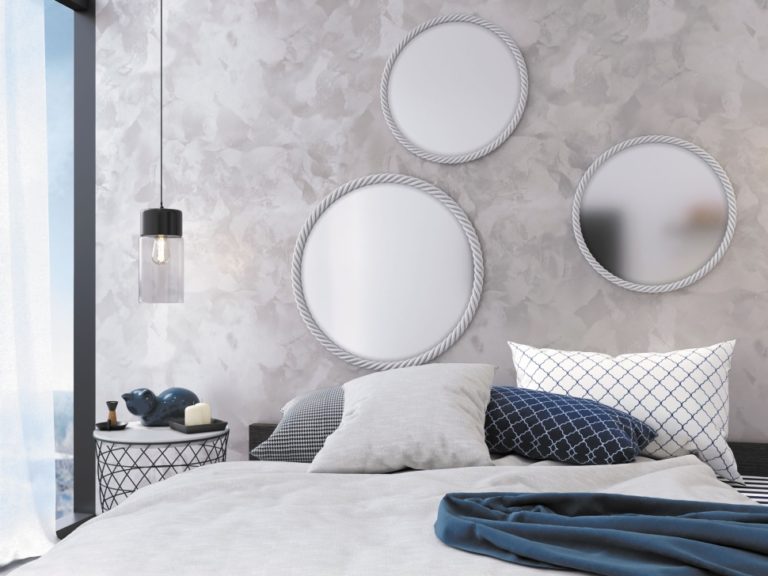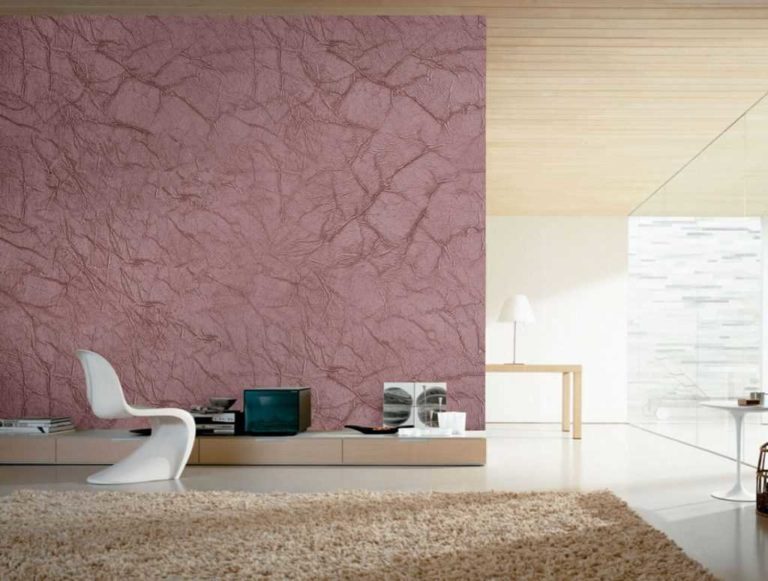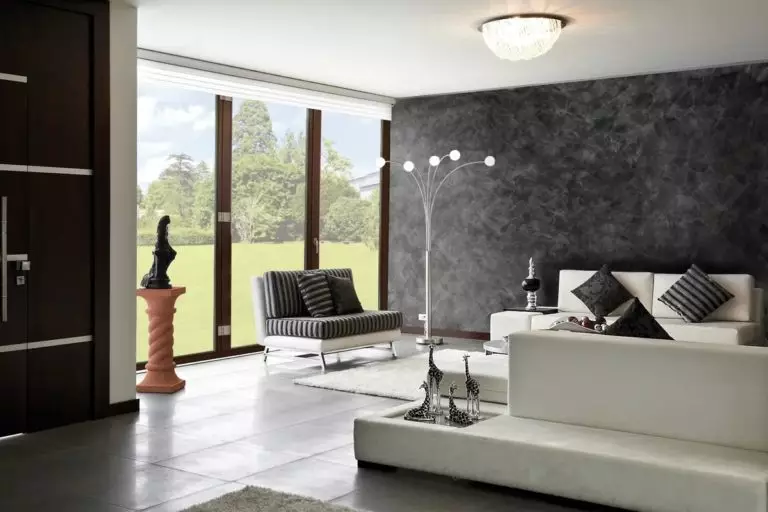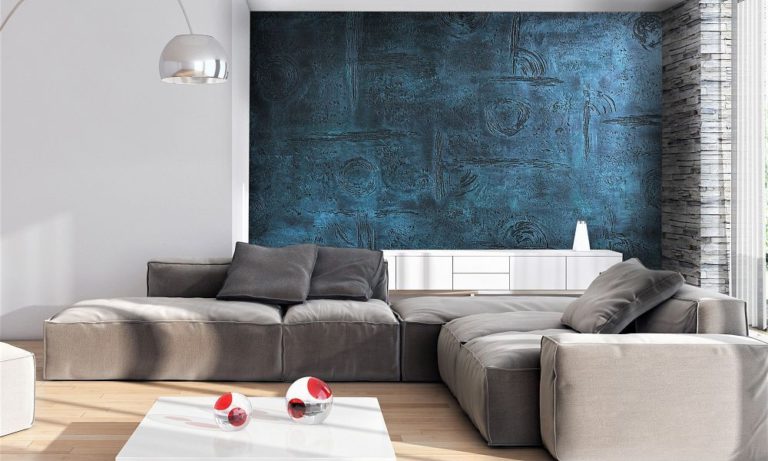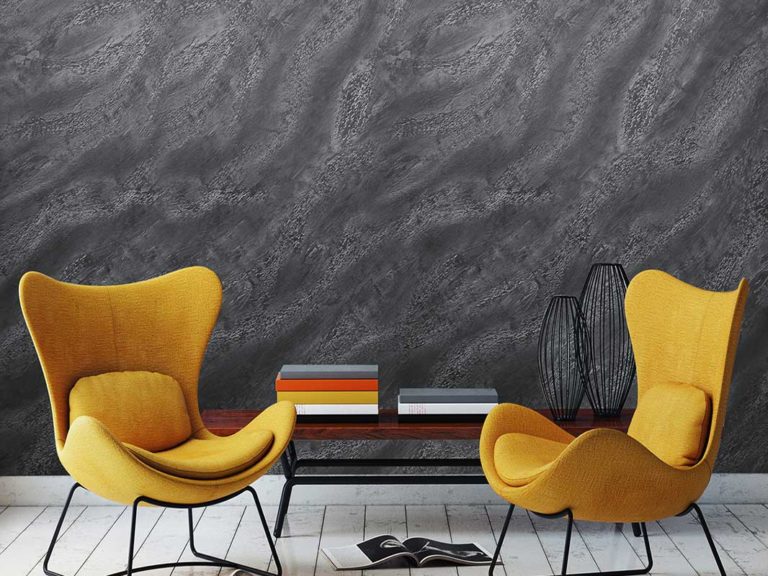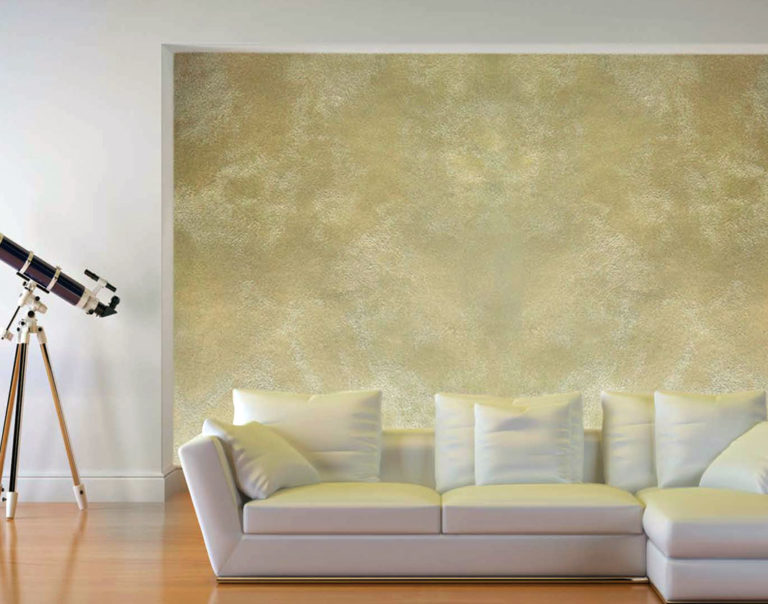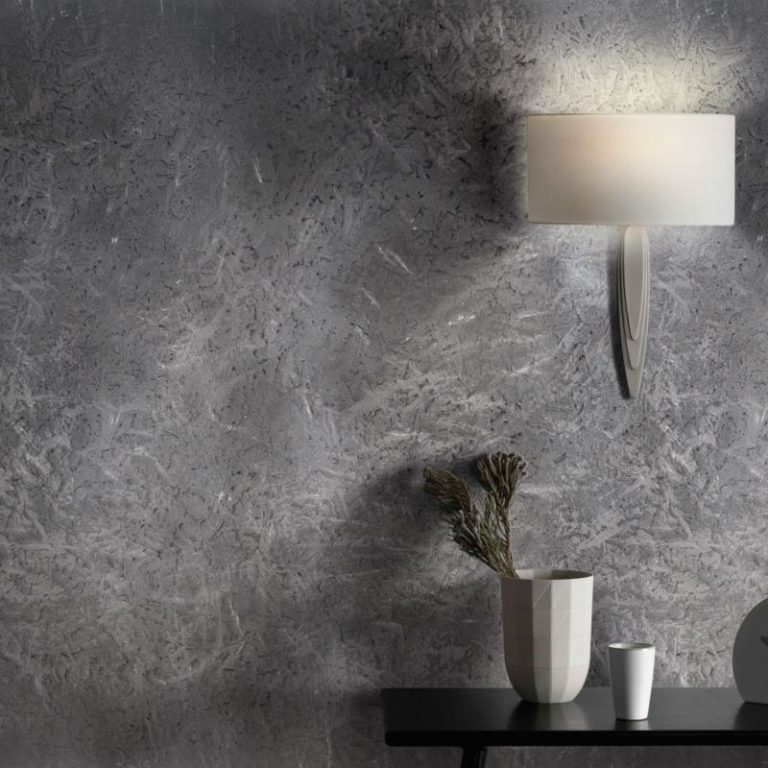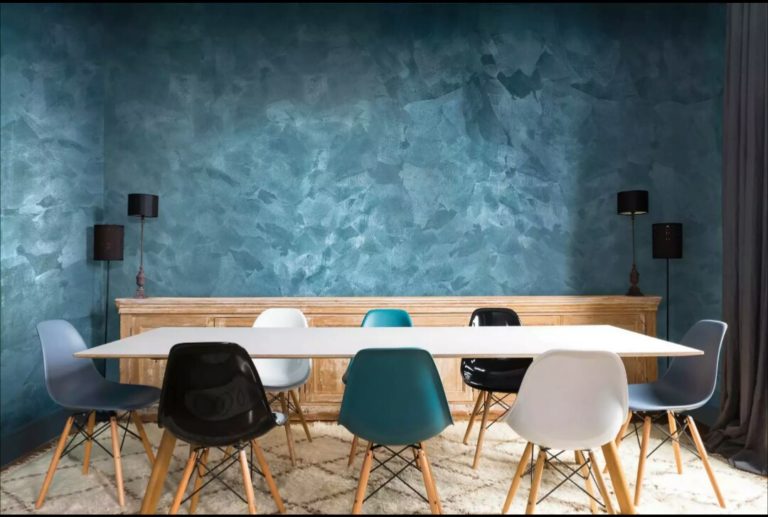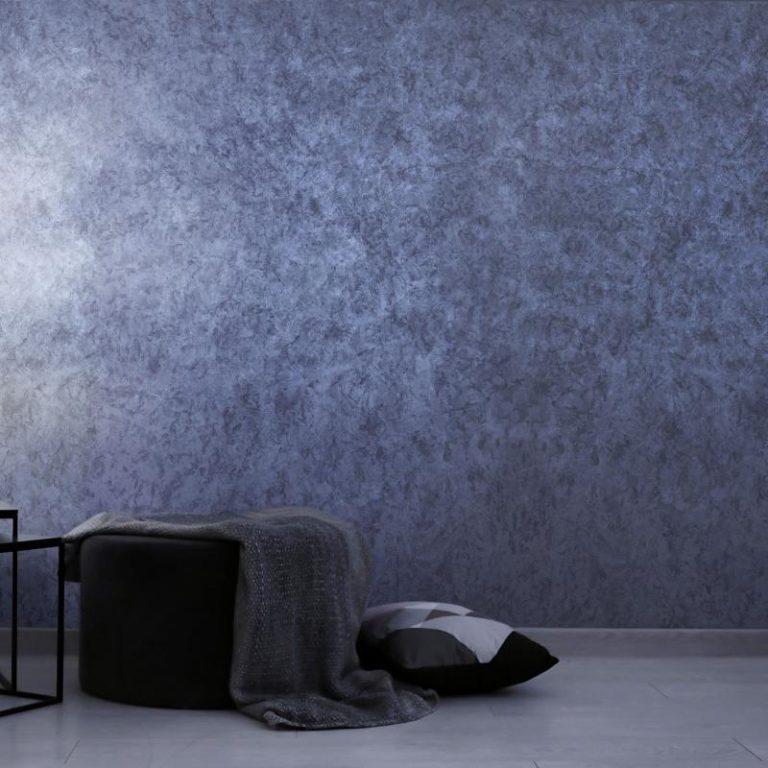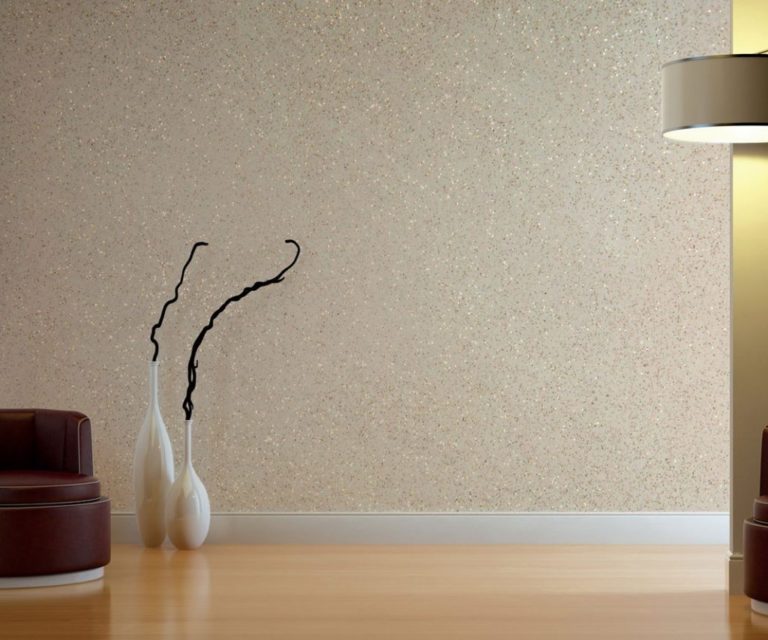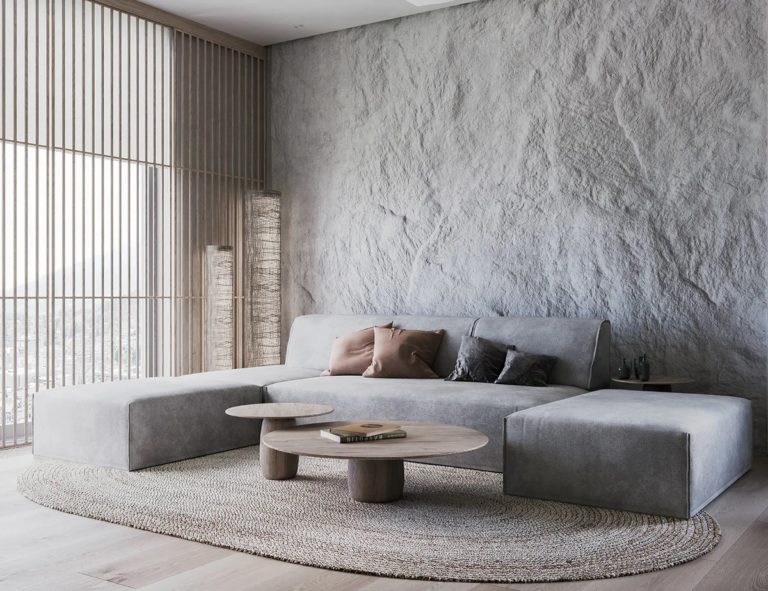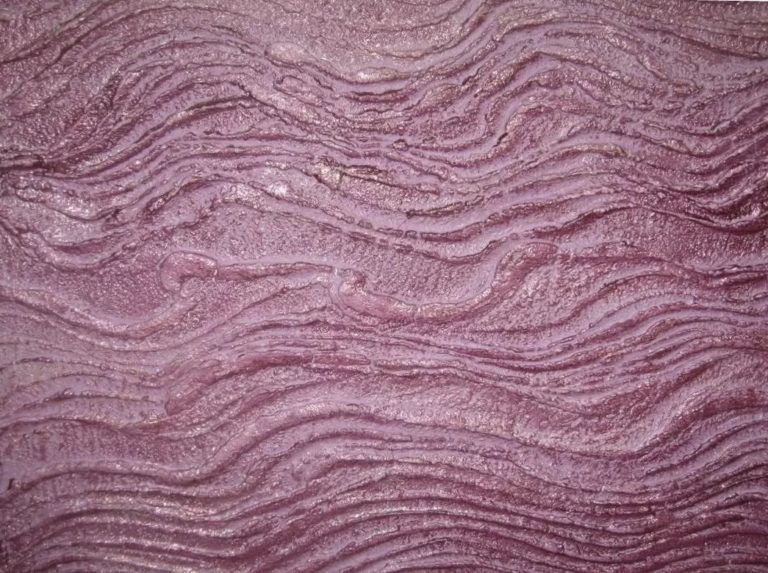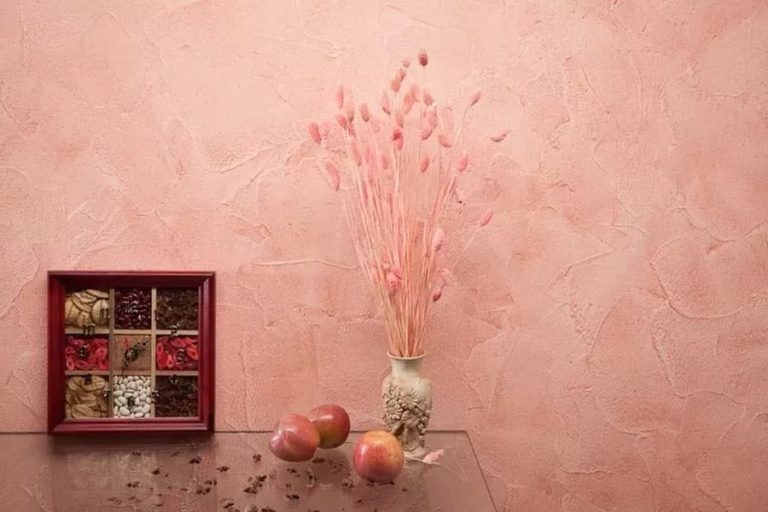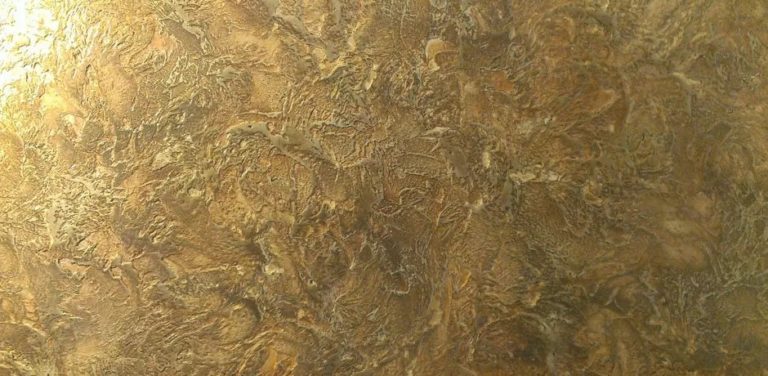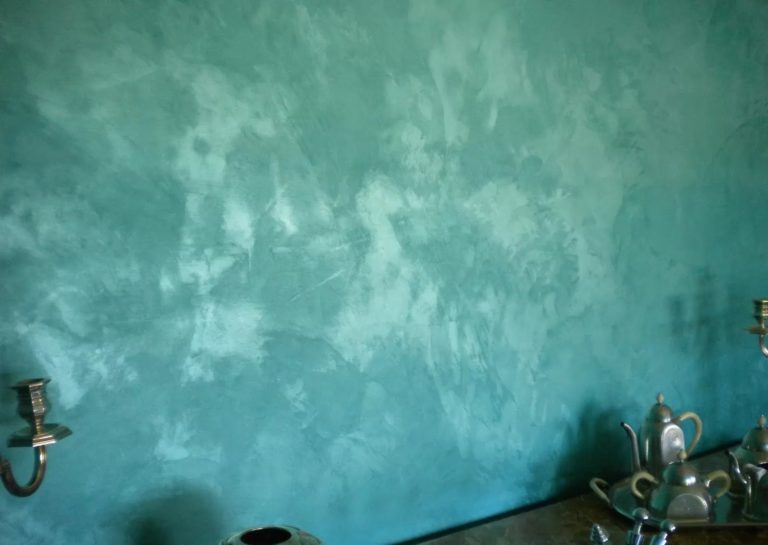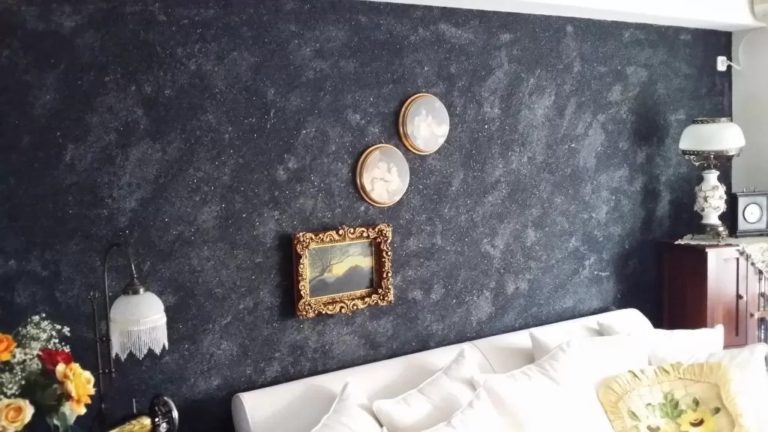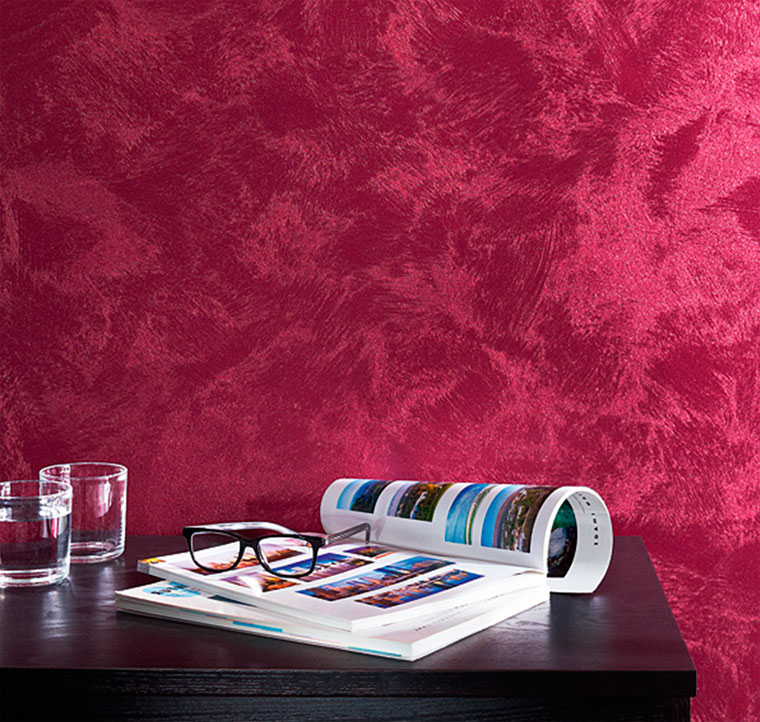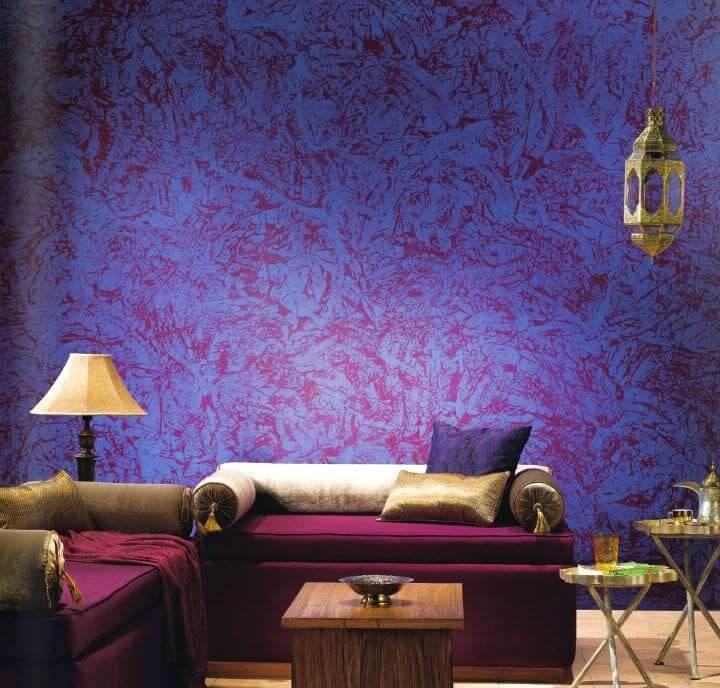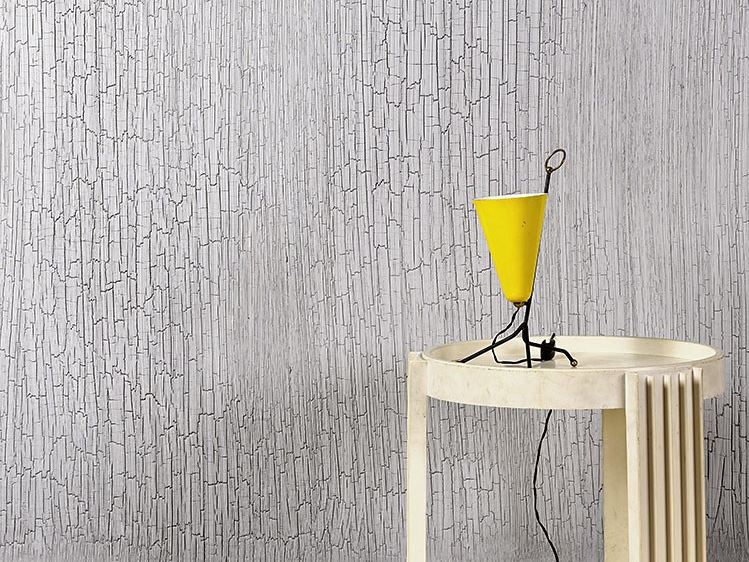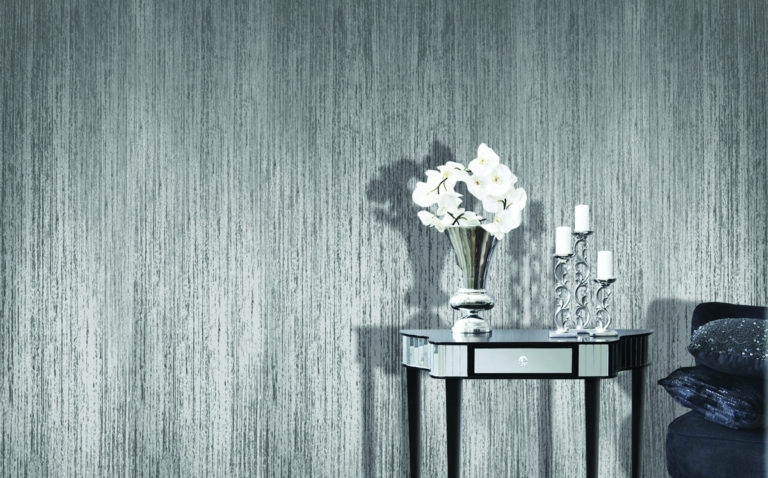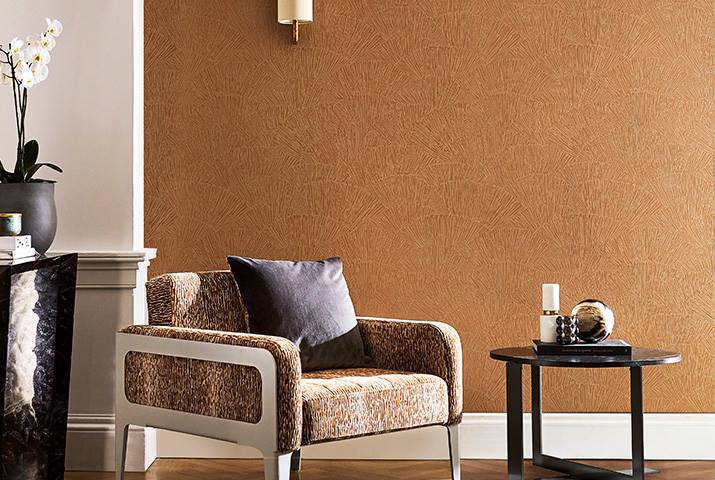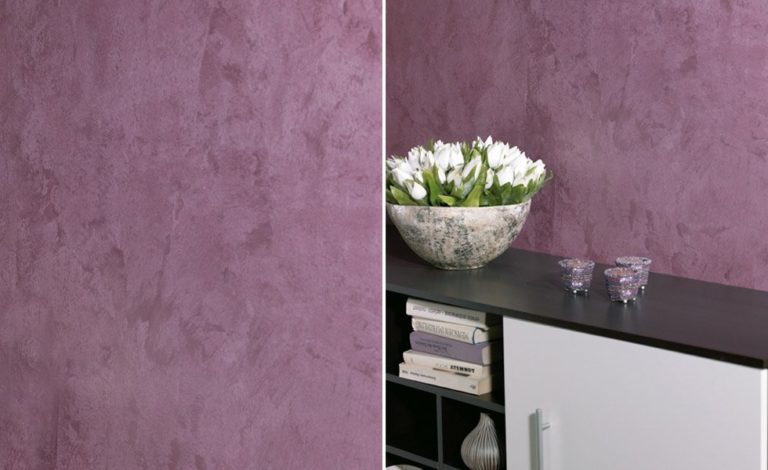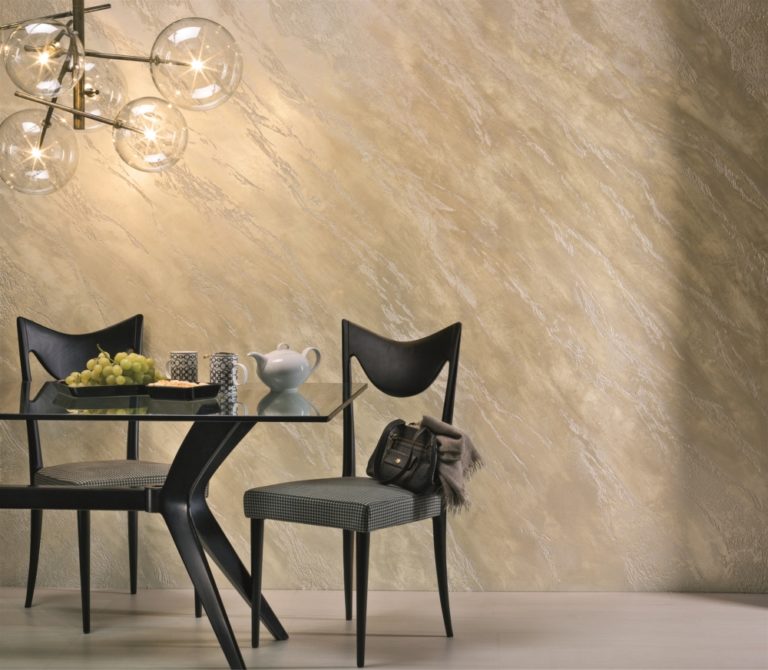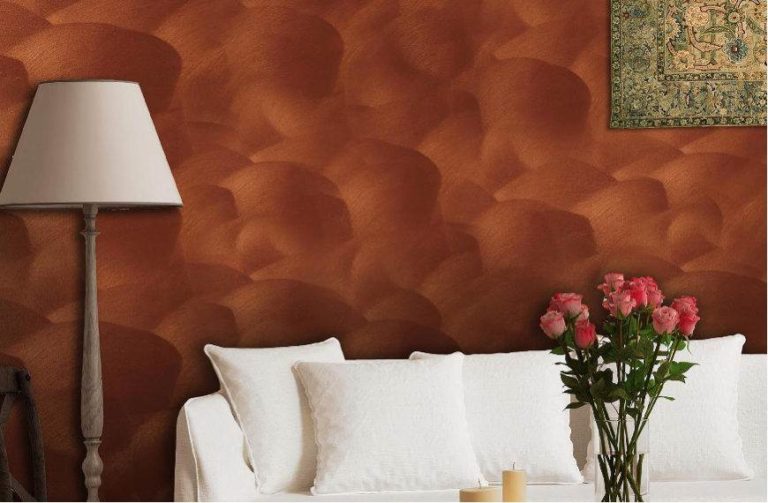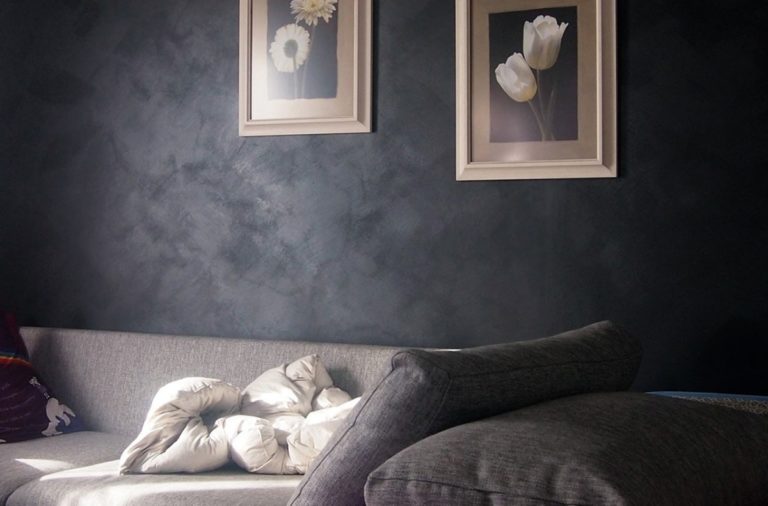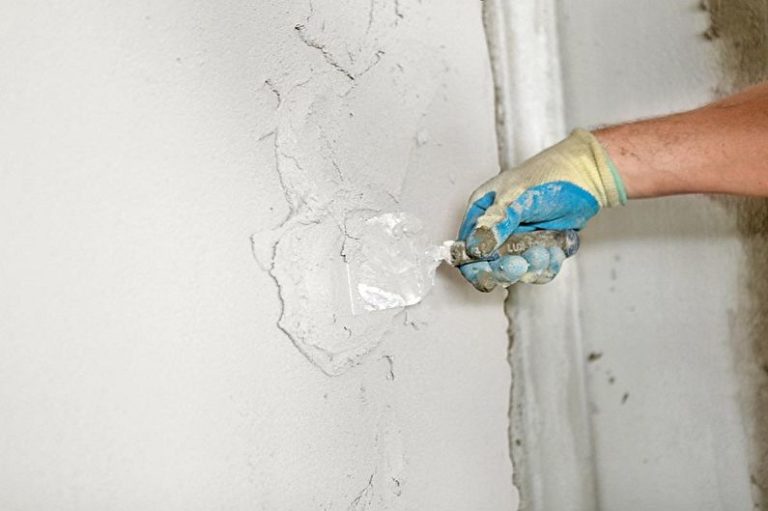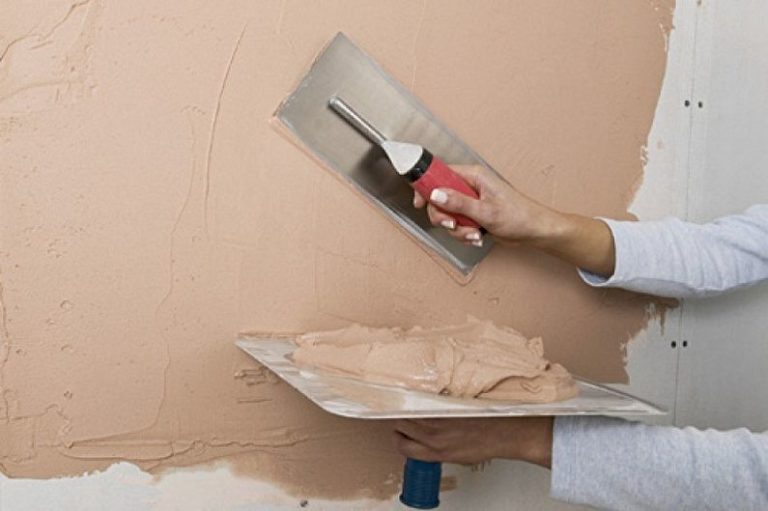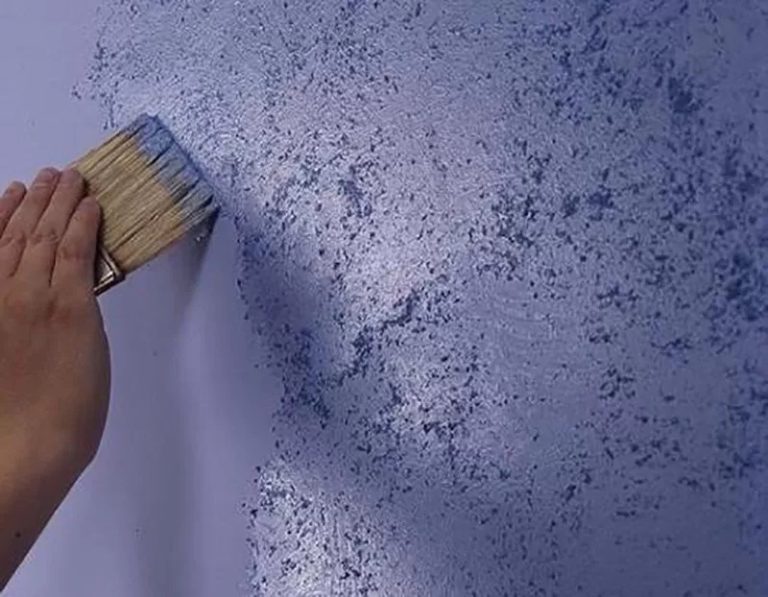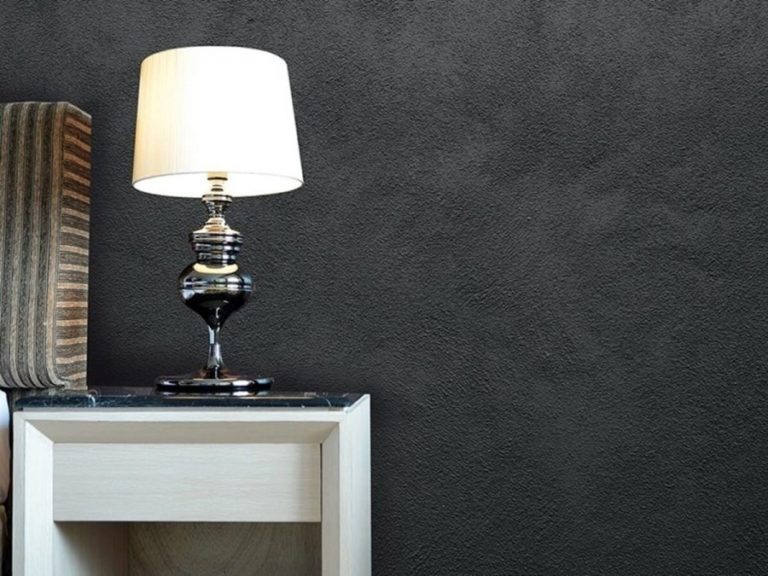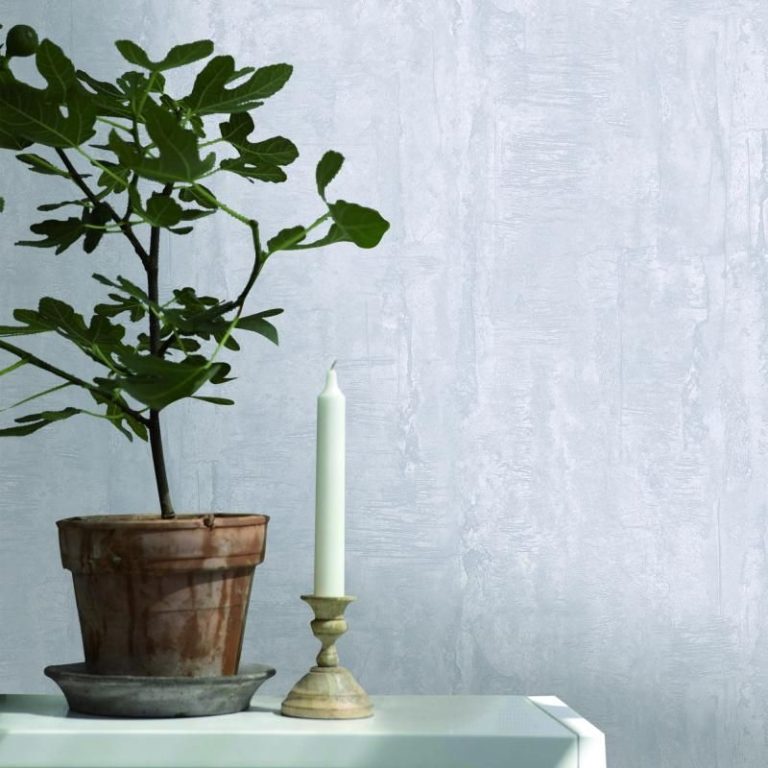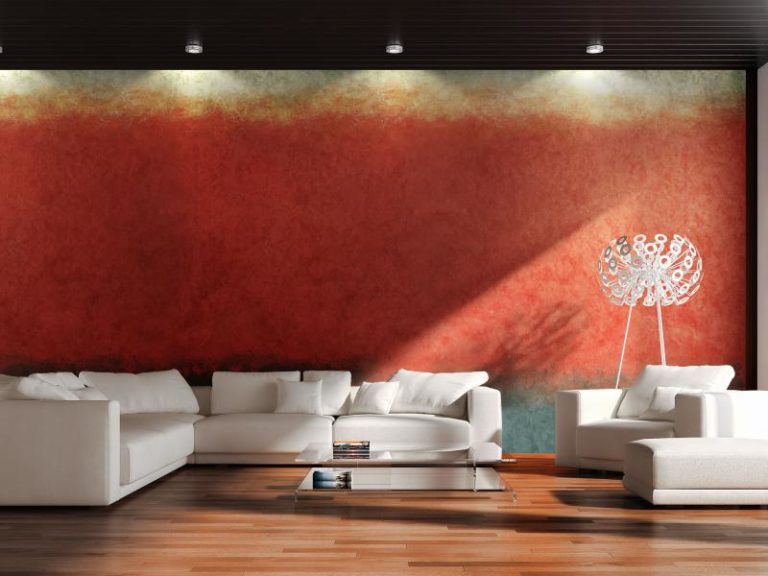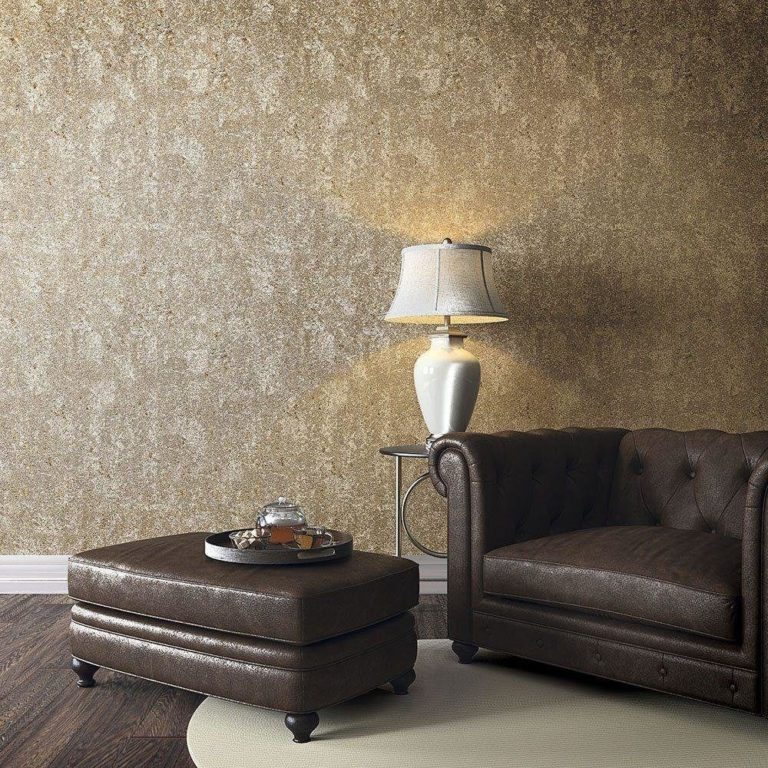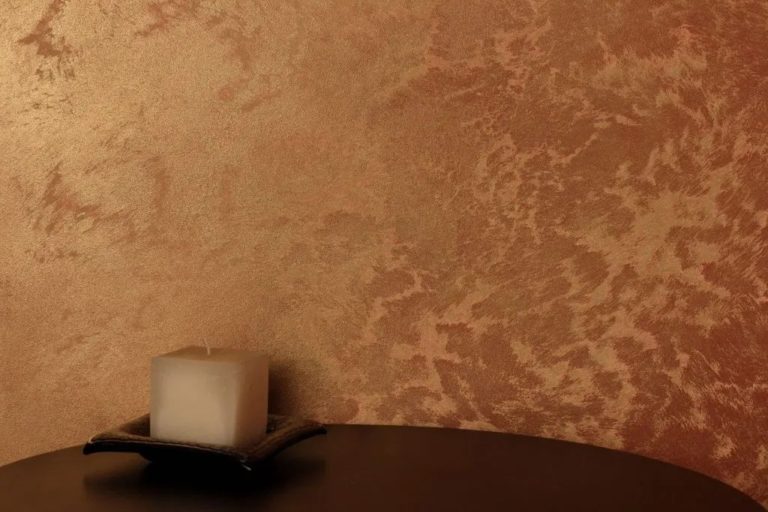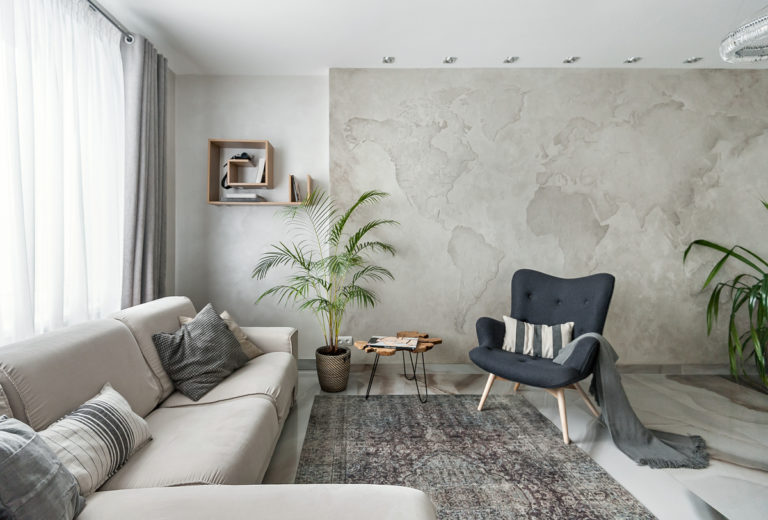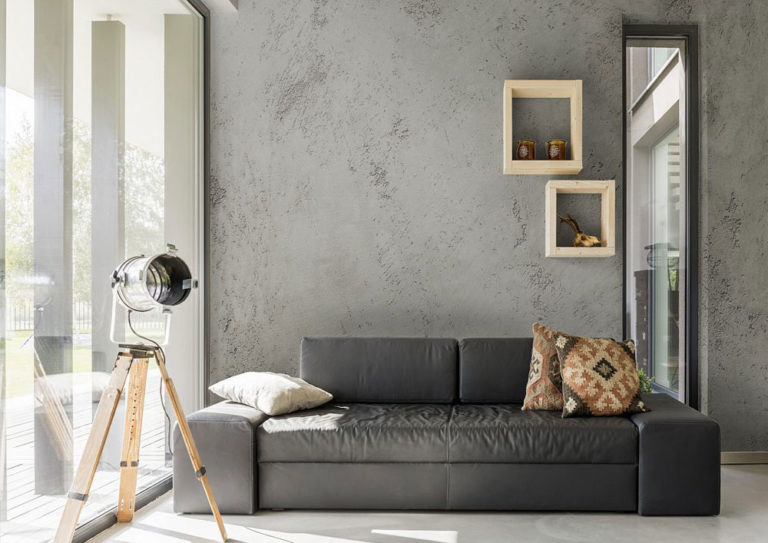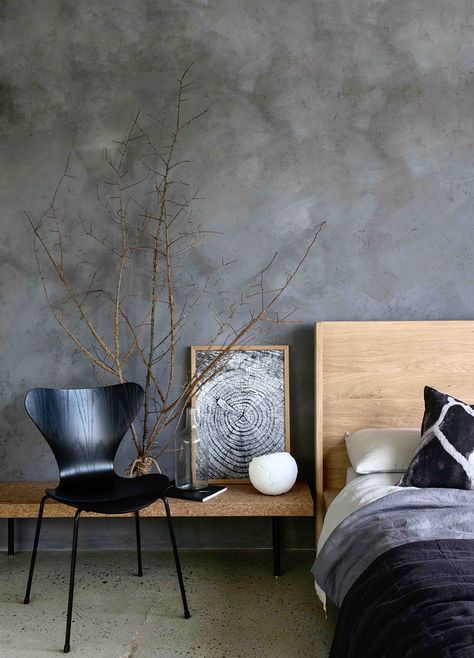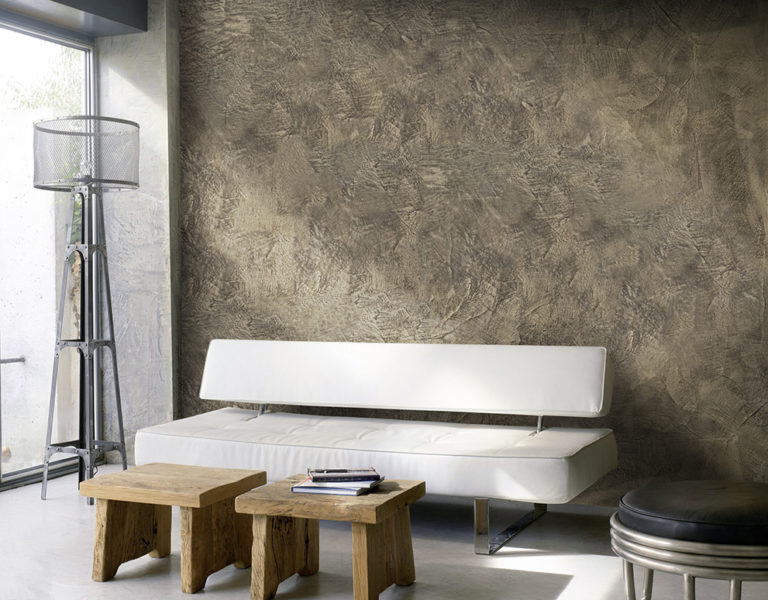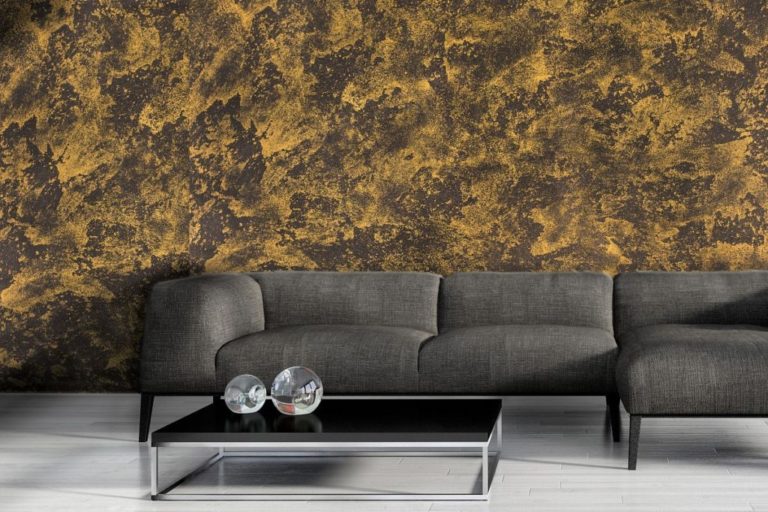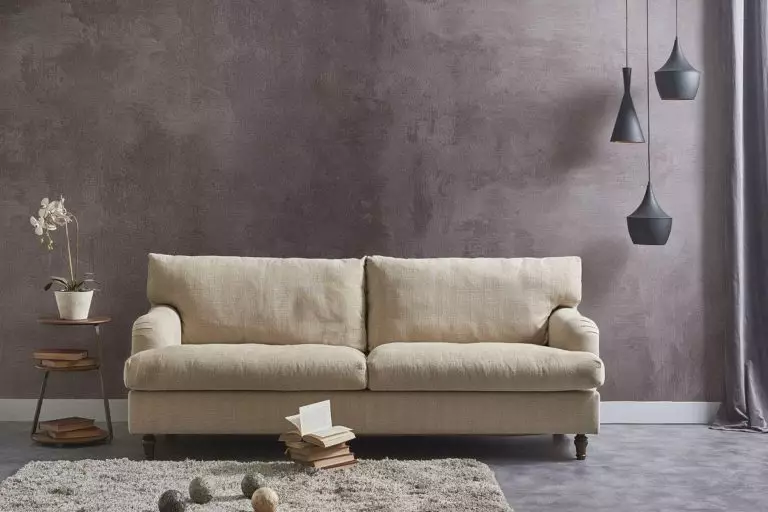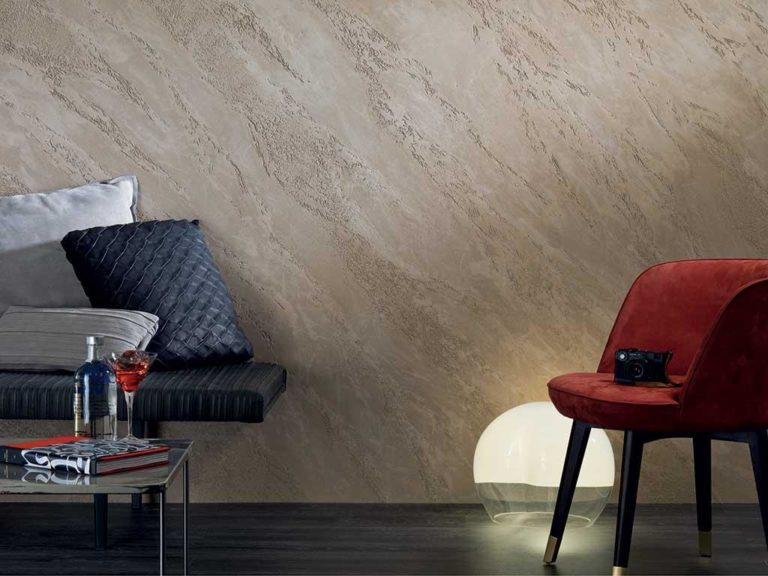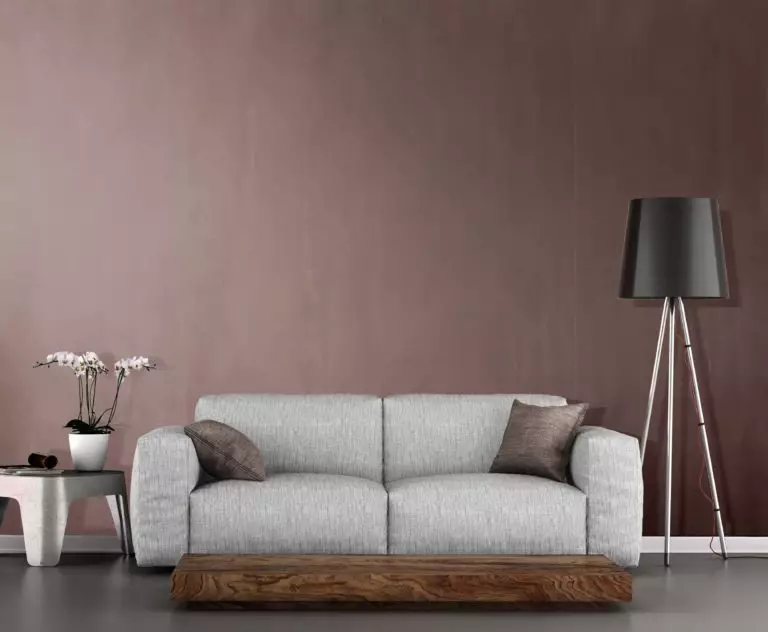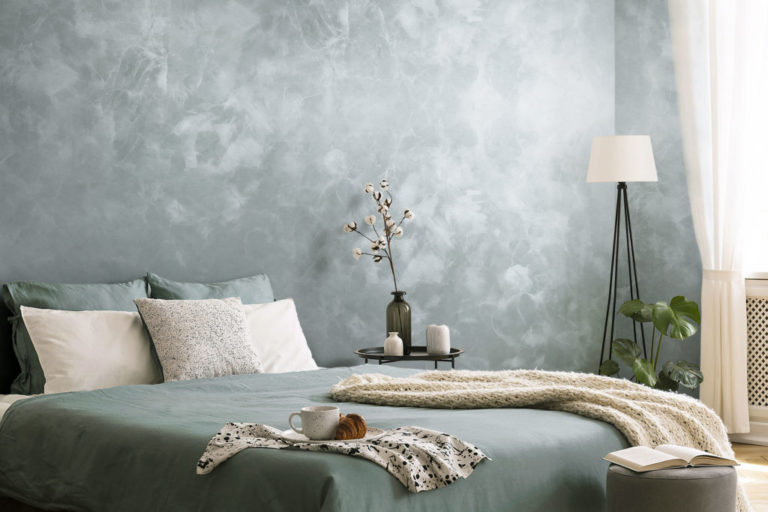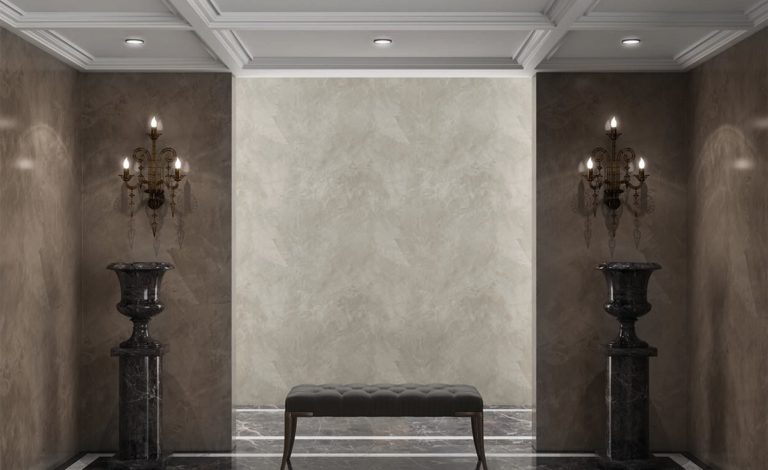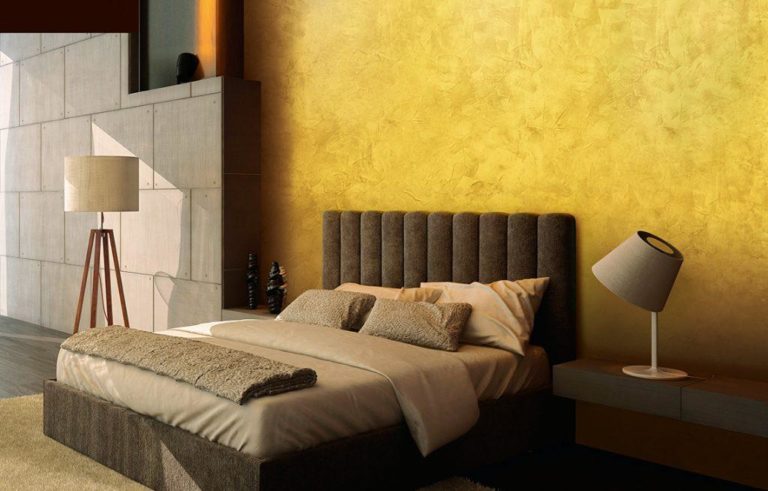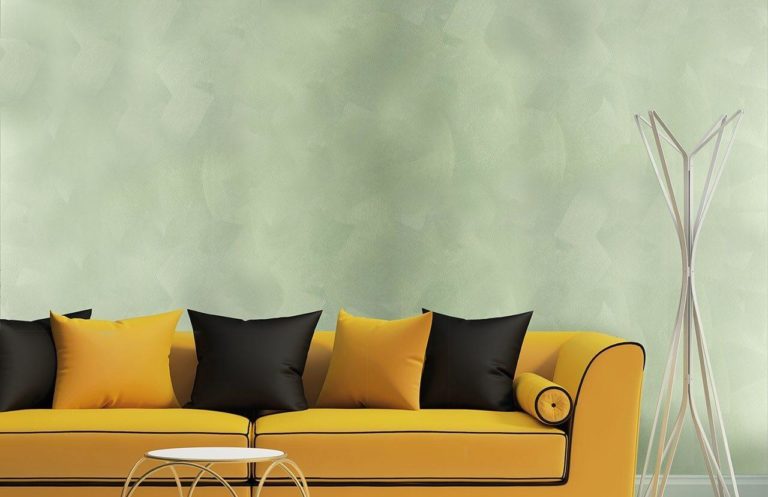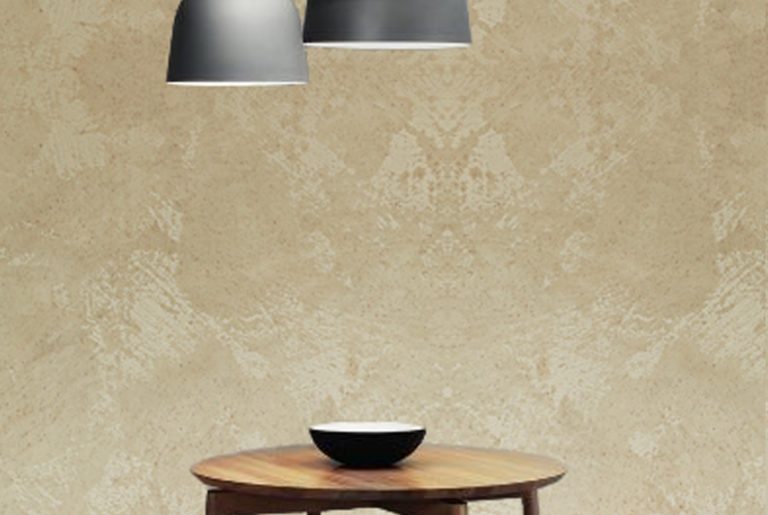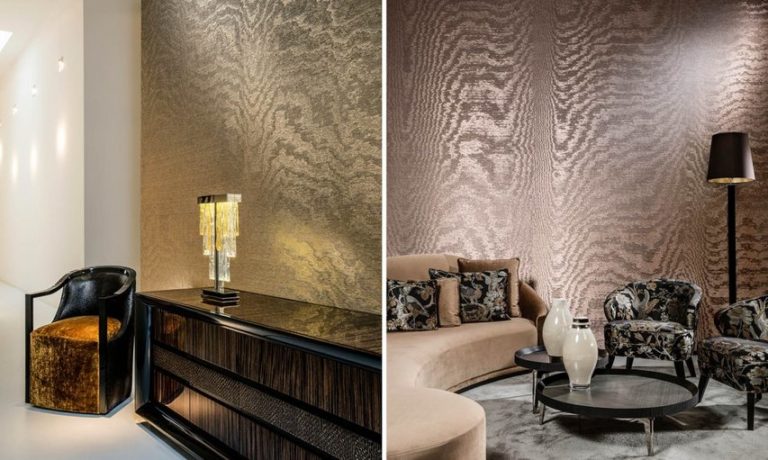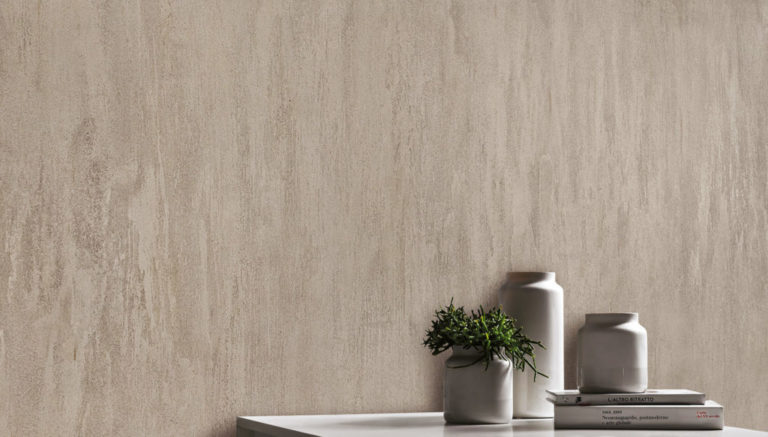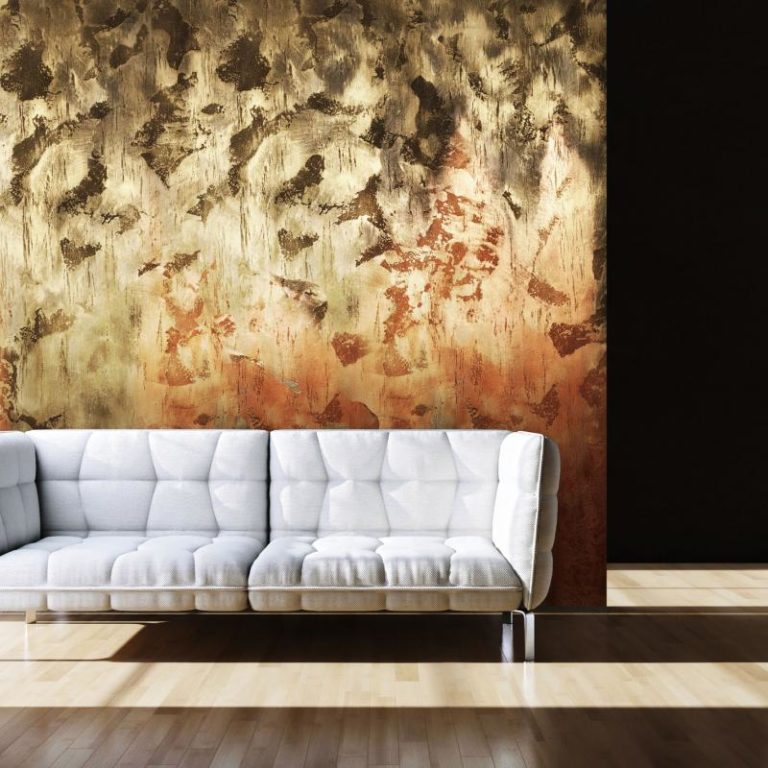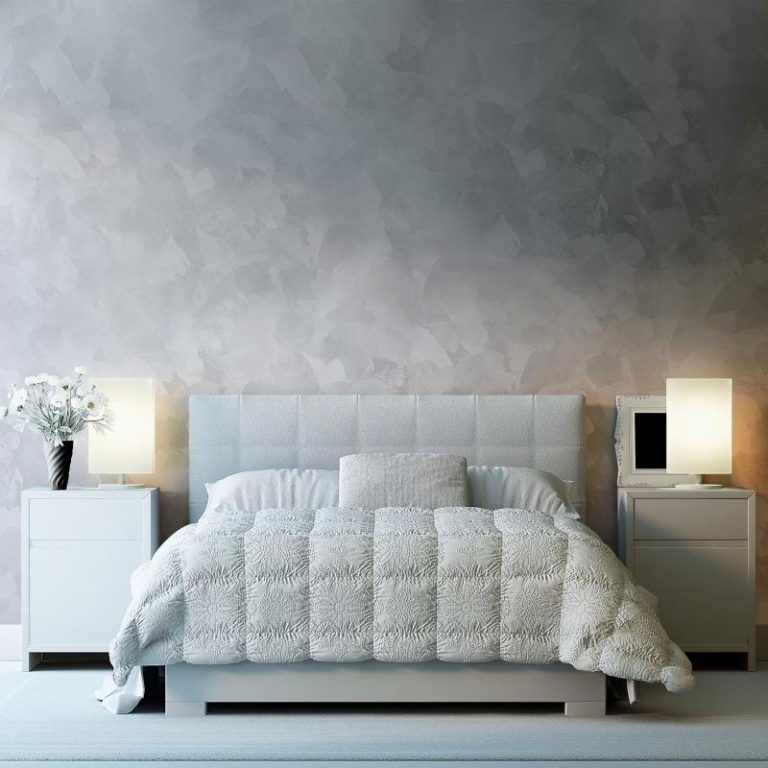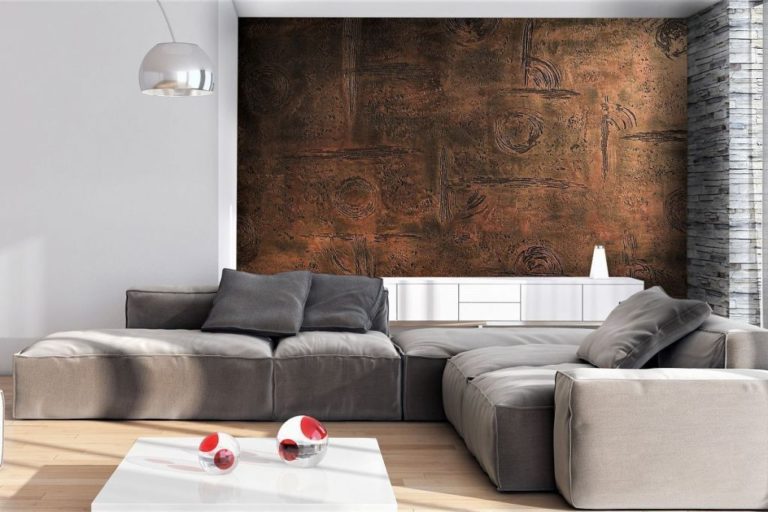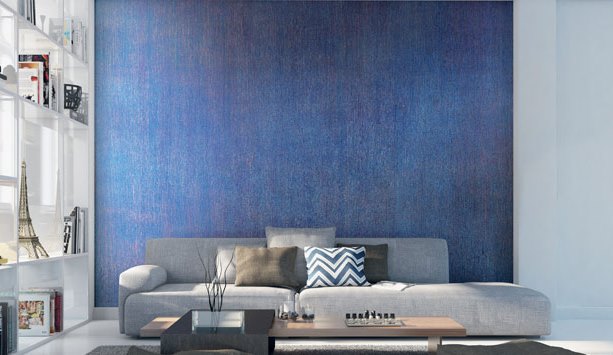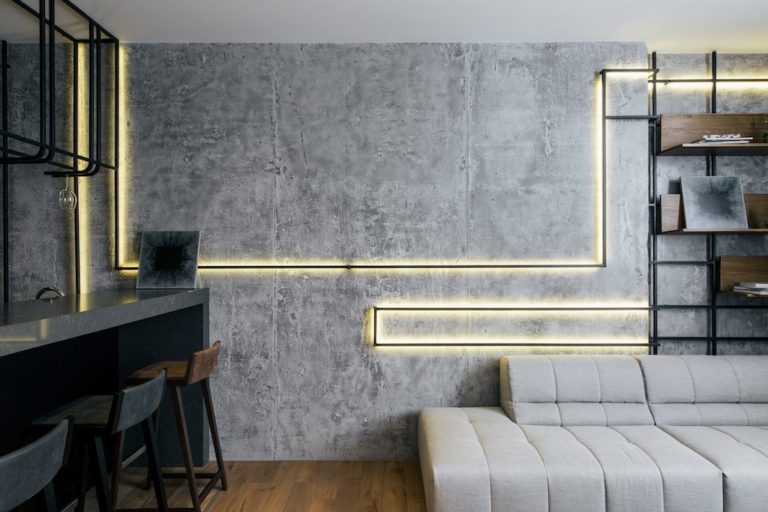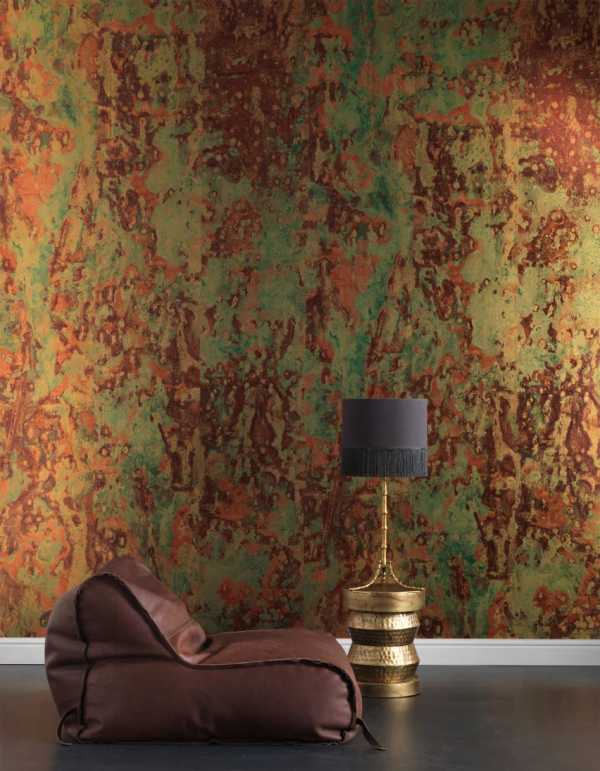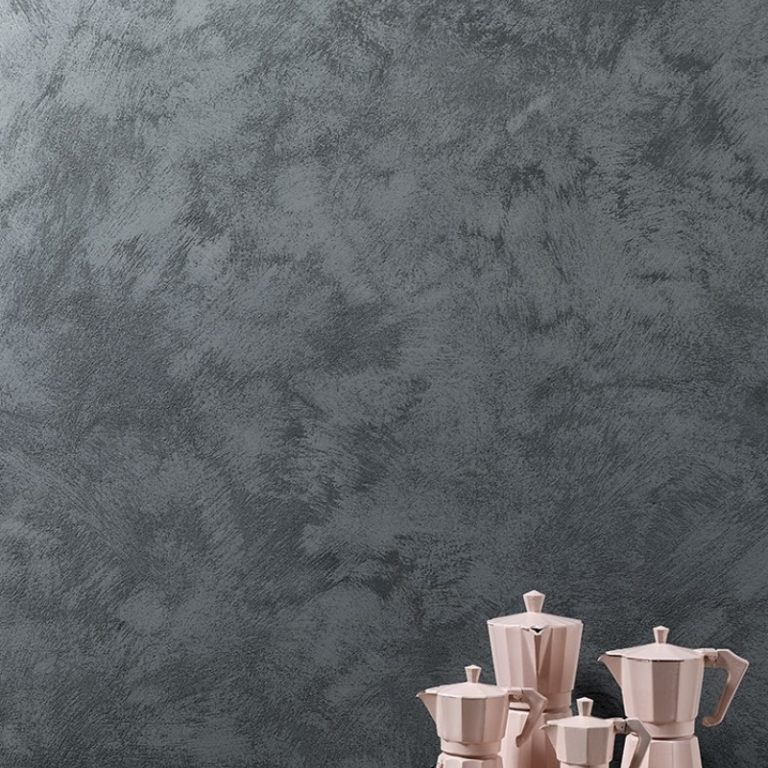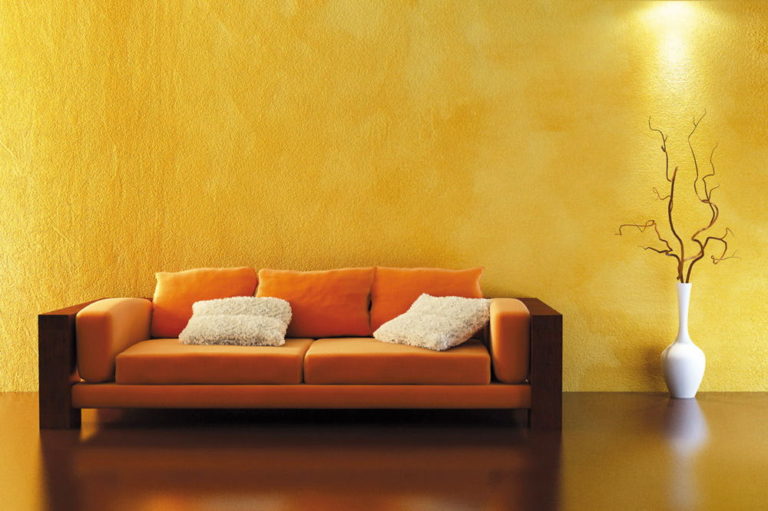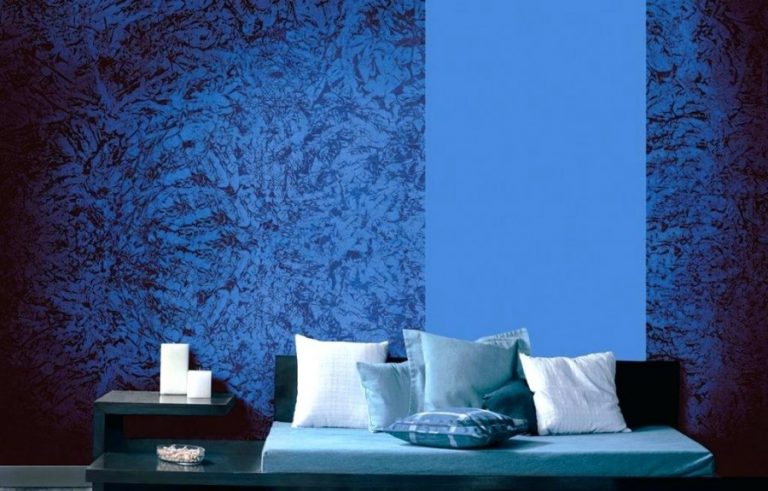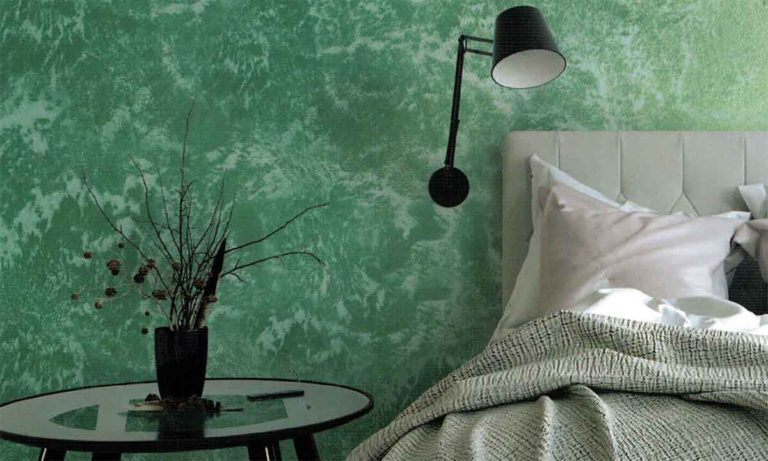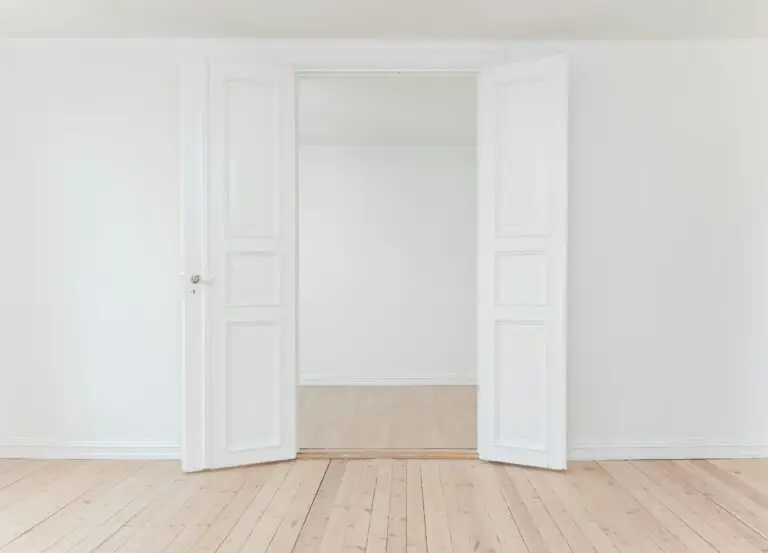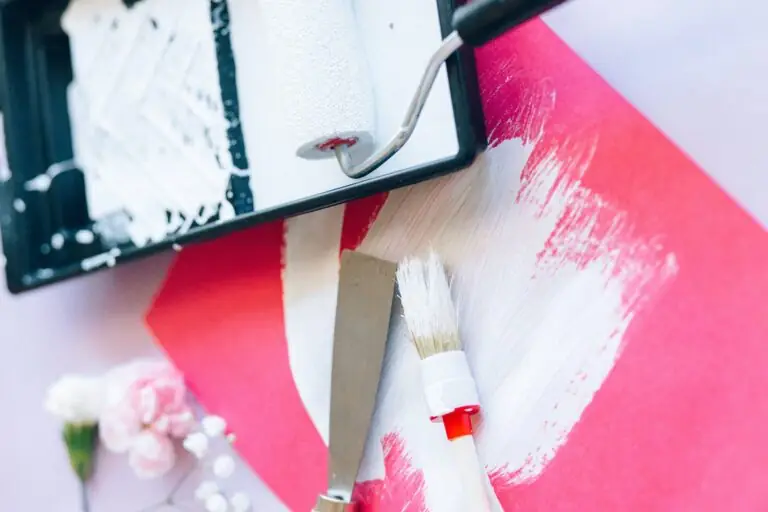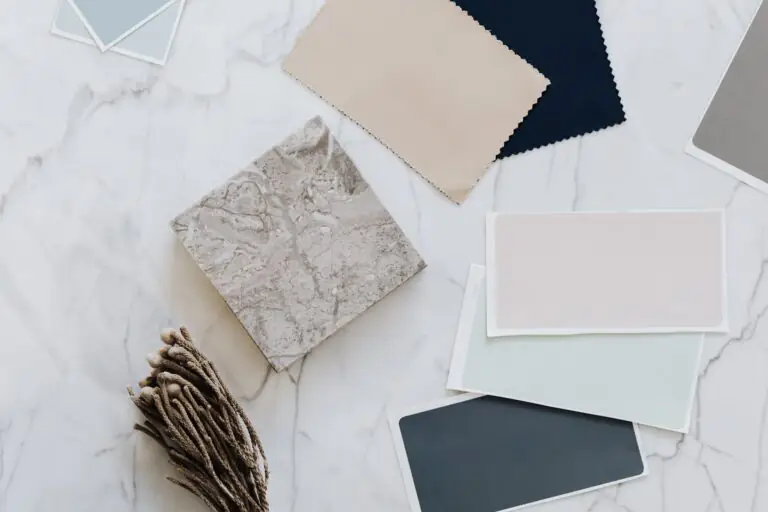Textured wall paints: features, colors, and DIY tips
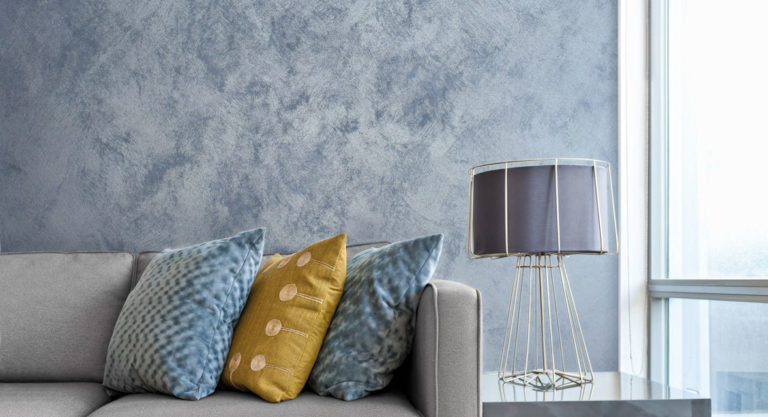
One of the new, but already quite popular options for wall decoration is decorative textured paint. Unlike its predecessors, with the help of which the walls acquired a standard smooth look, texture paint can create unique volumetric patterns. The peculiarity lies in the originality of the finish – because each master applies the canvas with individual touches, which are difficult to repeat.
The walls of a residential or office building, the rooms are decorated in different ways. They are pasted over with wallpaper, plastered, painted. Sometimes a modern material such as textured wall paint is used. When using the latter, it is easy to create a beautiful, voluminous surface, making the interior impressive and original.
Features of textured wall paint
The main feature of all textured wall paints distinguishes them from ordinary colors in bulk. Reliefs of patterns allow you to create beautiful wall paintings with an individual approach to design and help hide any wall imperfections. Textured paints are characterized by high resistance to various influences (extreme heat, high humidity, ultraviolet), so they can be safely used in the design of internal and external cladding, which will last for many years.
The composition includes an acrylic base, which introduces a variety of additives that help in creating a relief canvas. You can easily get any desired shade by mixing the desired color. The advantage of this type of finish is the ease of application. Any craftsman can work with paints. Some even manage to prepare the composition on their own at home.
Another significant point – texture paints are made from environmentally friendly materials, do not provoke allergic reactions so that they can be safely used in any room, including children’s room.
Advantages, disadvantages of using texture for wall decoration
Textured wall coloring has several advantages:
Disadvantages are also present:
Varieties of textured wall paints
Textured paint purchased at the nearest store, made independently. Additives are fine-grained marble, granite crumbs, quartz sand, sawdust, pieces of gas silicate, polymer fibers, modified starch. Many manufacturers also add components that are accelerating the drying of the coating to the mixture – from applying a thick layer to its complete drying, a maximum of two hours passes. The small insoluble elements (sand, polymers) that make up the composition give the effect of waves, zigzags, cracks, and other volumetric options when applied.
An excellent, but relatively expensive form of “bulk” paint is packaged in cylinders. The composition of the mixture is slightly different from that applied by brush or spatula.
What fillers are used for textured wall paints
Structural mixtures, as we have already said, have fillers of various types that have individual characteristics. Today, manufacturing companies offer four main varieties of fillers, namely:
The composition can be done independently at home. In this case, the main fillers of ordinary acrylic paint will be granite chips, sawdust, or quartz sand. The risk of such manufacture of texture paint is that it is difficult to predict the final result – it can ultimately differ significantly from the desired one.
Different types of texture paint techniques
The choice of pattern textures has several essential names; these are:
They all have different properties, give a very different visual effect, have differences in application.
Missouri
It is performed using an acrylic filler, modified starch. Textured or even planes, smooth wavy elements are made of it. There are many colors, and the finished wall comes out with a characteristic gloss, is applied exclusively by hand.
Relief
Relief, which contains large solid particles, creates the texture of waves, “bark beetle”, cracking, all kinds of smudges, etc. It is produced in several tones, applied with a roller, spatula.
Marseille wax
Marseilles wax refers to dye mixtures with a wax filler. When the surface is ready, it relates to an aged pattern, but shiny stone, with characteristic light, dark fragments. The coating perfectly protects against evaporation, excessive humidity, suitable for decoration of elite, luxurious rooms.
Wet silk
The composition of wet silk – cotton, cellulose fibers, polymer dyes. The finished wall has an average degree of “volume”, but the patterns on it shimmer beautifully, resembling silk, velvet, velour, etc.
Atakama
Atakama comes out of the roughest, as it has quartz sand. The wall, decorated with this material, shines like metal, an old mirror, a sheet of steel, shimmers under the influence of lighting.
Variety of color palette
In the color palette, there are more than one and a half hundred different shades that allow you to design a room with any color scheme. There is a massive variety of tones, from white, pale yellow to red, maroon. “Atakama” is performed in noble silver, golden, copper versions. “Marseille wax” is made of any wood shades, pink-beige, rich brown. “Wet silk” textures – silver-gray, black, almost white. “Wet silk” is the largest variety of colors, among which are blue, light brown, emerald, red, etc.
How to choose the right paint
Structural paints are one of the most popular finishing materials. They are applied in different ways, and varieties for certain rooms also need different ones. Coloring mixtures for living rooms (bedrooms, halls, nurseries) are selected with the texture of silk, velvet, ceilings are recommended to be painted in bright colors, but the relief is best done the most minimal. Volumetric water emulsion is best suited.
Wet rooms as the bathroom, toilet, coupled bathroom are decorated with waterproof compounds. In the kitchen, especially in the work area, the likelihood of contamination is high; it is recommended to use washable coatings. The outer parts of buildings of any type are often subjected to temperature extremes, exposure to rain and sunlight. For facades, the most resistant brands of dyes are used – vinyl is optimal, and acrylic is undesirable since it fades in the sun in just one or two seasons.
How to apply textured wall paint
Working with textured paint is not particularly difficult – the whole process can be divided into several stages. Before starting, you should give the paint the desired shade using special liquid concentrated dyes. Next, we prepare the tool.
The central layer of paint is applied using a spatula, and there are many options for creating a relief. A good helper in work will be a figured roller whose surface has convex patterns imprinted on the primary layer. Also, an ordinary roller with a fur (foam) nozzle, which gives the surface roughness, is suitable.
With a stiff brush, you can apply for a rare deep relief on the surface, drawing wave-like, straight lines in a strict or chaotic order. Even a simple sponge or compressed paper can be an excellent tool for creativity – they apply stamping movements, giving the surface a kind of ripple. If you are already armed with everything you need, we get to work.
Stage 1
The first thing to do is tidy up the walls, remove the previous coating. If they have significant curvature, serious damage with falling pieces – these problems need to be fixed, and a thick layer of relief paint will mask small chips and scratches.
Stage 2
We apply a paint base layer to the prepared walls using a metal or wooden spatula. Its thickness should not exceed 1.5 cm. It should be noted that some compositions are not recommended to be applied at very high or low temperatures.
Stage 3
The most crucial process is the creation of relief. It should be remembered that the paint dries out within a quarter of an hour, so the work needs to be done quickly enough or with a partner (one puts the color, and the second creates the pattern). We have already considered what tools to choose to create the desired canvas pattern. We add only that to enhance the effect of balancing the color palette, you can open the finished surface with wax or varnish, but only after 48 hours, so that the canvas is completely dry.
How to care for wall decoration
Textured colors are a little susceptible to the effects of water, moisture, constant high humidity. Walls coated with such paint are easily cleaned with water, a small amount of detergent. The impact of the latter is recommended to be checked in an inconspicuous area somewhere in the corner. There are practically no specialized detergents for such surfaces. Therefore cleaning is carried out with soapy water, dishwashing detergents, and powders. After cleaning, the wall is rinsed with clean water, wiped dry with a clean rag.
Conclusion+photo gallery
Textured paint for interior, exterior design, perfectly “lay down” on the walls of an apartment, giving the rooms a beautiful, original appearance. Ready-made building material is easy to purchase in the store or do it yourself. Applying the dye on a flat, curved surface will not be difficult, as well as caring for the finished decorative finish.
